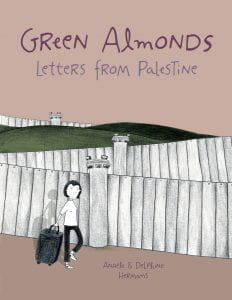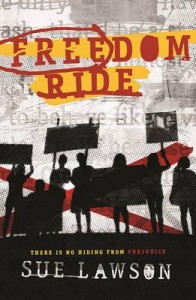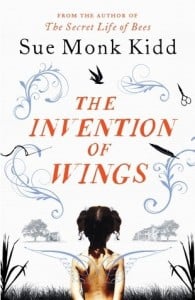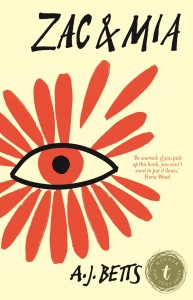 Life has a way of falling apart sometimes. For Mercy, the solution has been spending 2 years as a recluse in her home. When this house burns down, she is thrown out into the world and flounders to accept the help her ex-husband offers, which can only be temporary anyway.
Life has a way of falling apart sometimes. For Mercy, the solution has been spending 2 years as a recluse in her home. When this house burns down, she is thrown out into the world and flounders to accept the help her ex-husband offers, which can only be temporary anyway.
“This world isn’t easy when your shield shatters. When my character in The Other Side of Beautiful, a woman who hasn’t left her house for two years, watches that house burn down, Mercy Blain has no choice but to be flung into the world.” (Kim Lock discussing her main character, Mercy Blain.)
As this situation is clearly untenable, Mercy comes across a somewhat bizarre alternative. This sees her embark on a physical journey from Adelaide to Darwin, in a beat-up old vehicle with just her dog, Wasabi, as a companion.
For someone who has not left their house for 2 years, this is an amazing challenge, but one that proves to be the physical AND emotional journey she needs.
Mercy’s cautious initial steps mean that she is sparsely equipped, having lost most things in the fire. Her inner struggles also mean that she is often stretched to the limit to move beyond the many barriers she has set up over 2 years. Thus, her journey north is hesitant and full of extreme anxiety.
In Mercy’s steps, we learn about the suffocating effects of panic attacks, and we will her on as she travels north, alongside the movement of grey nomads and other travellers. The characters she meets are totally relatable, as is the Australian countryside they traverse. Those with a careful blend of friendliness and respect for the privacy of others allow Mercy to feel somewhat comfortable to continue her travels, in spite of early misgivings.

Along the way, certain roadblocks cause anxious situations for her to rise above while forcing her to accept the help and advice of others she meets. We fear her crashing along the way (both physically and literally) – will her solo journey be the end of things, or provide a new beginning? After all, there have been tragic losses in the outback for those unprepared and unwary.
There is a lot to mull over in ‘the Other Side of Beautiful’, including the pressures of social media vs the need to stay in touch. Mercy is trying to overcome past negativity, but needs to stay in communication with the real world she is running from, in order to move forward in life. There could be severe consequences if she doesn’t, but outback travel is not the most supportive in some areas.
Will she make it to ‘the Other Side’?
Note: I loved the references to Australians’ outback travels in RVs and well-appointed vans, but would have preferred Mercy’s vehicle to have been a beat-up old Kombi (but that’s just my personal preference…).
 The challenge of historical fiction – reflecting events of the past, recalling people of the past, and weaving these convincingly into a story. As a favourite genre of many people, it is also one open to critique when it strays too far from the truth perhaps?
The challenge of historical fiction – reflecting events of the past, recalling people of the past, and weaving these convincingly into a story. As a favourite genre of many people, it is also one open to critique when it strays too far from the truth perhaps? Two sisters show life in different countries and different cultures in this graphic novel by Anaele and Delphine Hermans – a memoir of Anaele’s 10-month stay in Bethlehem while volunteering for a youth organization/NGO.
Two sisters show life in different countries and different cultures in this graphic novel by Anaele and Delphine Hermans – a memoir of Anaele’s 10-month stay in Bethlehem while volunteering for a youth organization/NGO. Strong, harsh and confronting. Tells it like it is. Written from an #ownvoice perspective in 2017.
Strong, harsh and confronting. Tells it like it is. Written from an #ownvoice perspective in 2017. Mia’s family has immigrated from China to the US for a better life – which is fine, until the reality of finding work hits. With little more than $200, the family takes on a job running a motel for Mr Yao, the wealthy owner. They soon realise life isn’t going to be as rosy as they first thought, as Mr Yao takes advantage of their desperate situation.
Mia’s family has immigrated from China to the US for a better life – which is fine, until the reality of finding work hits. With little more than $200, the family takes on a job running a motel for Mr Yao, the wealthy owner. They soon realise life isn’t going to be as rosy as they first thought, as Mr Yao takes advantage of their desperate situation.




